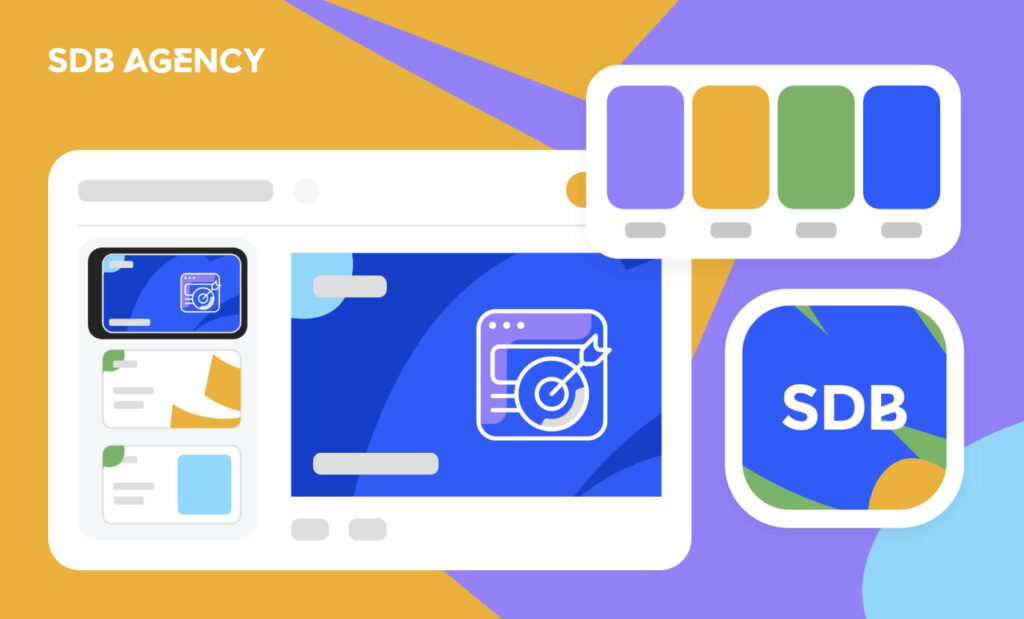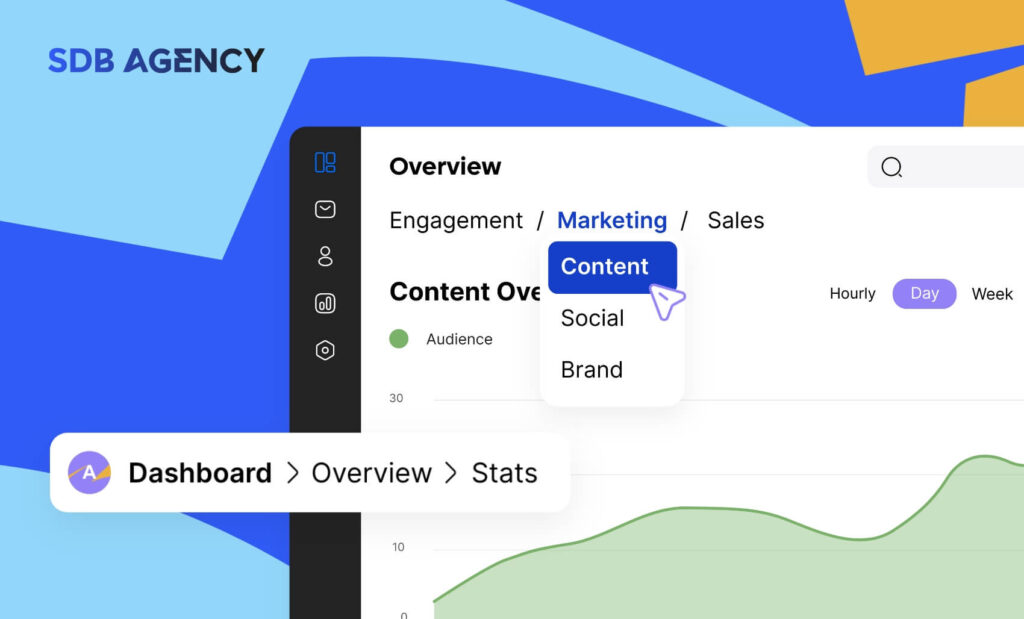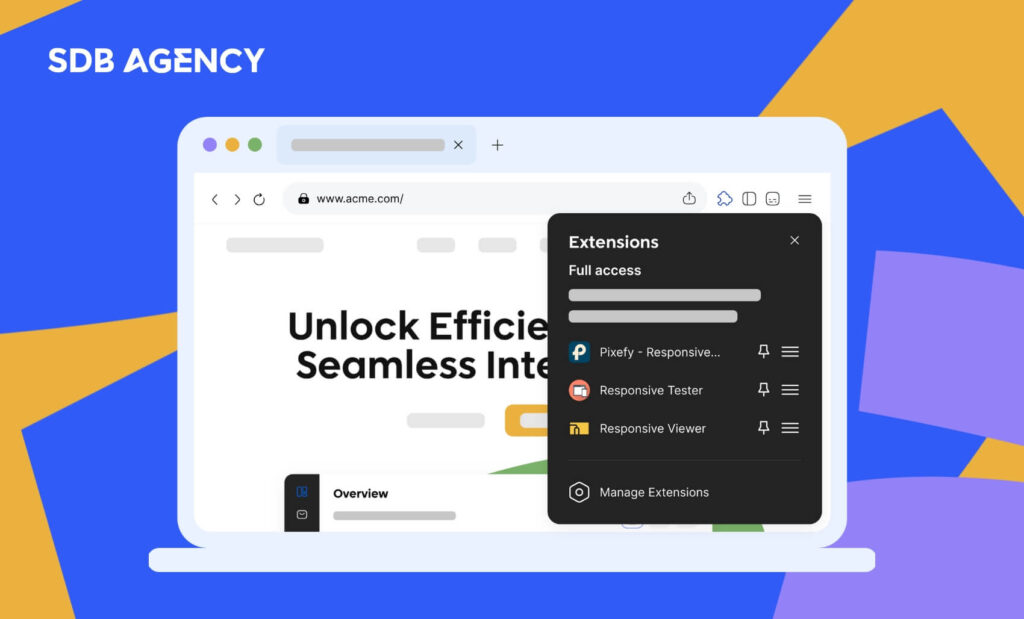From SEO To SXO: Search Experience Optimization

Many SaaS companies face the challenge of maintaining their online presence in search results by providing a satisfying user experience for users. Some of the best practices we’ve been hearing for years include:
“Just make excellent content!” Or “Build a quality site!”
But what do “great” and “quality” actually mean? And how do we measure them? We can’t evaluate content quality without knowing the users’ expectations. It doesn’t matter how well you’ve written your content; if it’s out of sync with the reader’s expectations, it doesn’t bring them enough value. Great content, in terms of search, means that you must move beyond SEO to Search Experience Optimization (SXO).
What is search experience optimization (SXO)?
SXO is a strategy that integrates search engine optimization (SEO) with user experience (UX) design. It aims to develop a strategy that doesn’t only appeal to search engines but also offers a positive experience for visitors.
SEO traditionally focused on securing high rankings on search engines for relevant keywords by using tactics like keyword stuffing, which wasn’t user-friendly. SXO takes a different approach, with the knowledge that users will determine a website’s success.
Benefits of SXO include:
- Improved search rankings – Enhancing a website’s user experience will likely receive positive signals from search engines, leading to higher rankings.
- Increased engagement – A positive user experience will encourage visitors to engage more deeply with the website’s content, increasing the overall metrics.
- Higher sales conversions – When users have a pleasant experience, they’ll be more likely to take desired actions like making a purchase or signing up for your services.
Embracing SXO is a great way to elevate your website’s search ranking, engagement sales, and conversions.
SEO vs SXO
SEO and SXO are two crucial strategies for elevating a website’s online presence, but they approach this goal from different perspectives. Let’s look at the differences between these two strategies across different factors:
Focus of SEO & SXO
SEO mainly focuses on achieving high rankings in Search Engine Results Pages (SERPs) based on relevant keywords. This involves extensive keyword research to understand what users are searching for and strategically incorporate these keywords into the website’s content, title, and meta descriptions.
On the other hand, SXO prioritizes user experience (UX) above everything else. It focuses on creating a website that offers easy navigation and engages and informs users, keeping them interested in your content for longer.
Tactics of SEO & SXO
SEO utilizes keyword optimization, backlink building, and technical SEO. It involves sprinkling relevant keywords throughout your content, ensuring technical aspects such as mobile-friendliness and fast loading speeds, and earning backlinks from high-authority websites.
SXO looks beyond keywords and focuses on user-centric design principles. This includes ensuring intuitive navigation, creating high-quality content that answers their questions, optimizing site speed for seamless UX, and ensuring the website is accessible for visitors with disabilities.
Strategies of SXO for SaaS businesses
SXO elevates website optimization by merging SEO’s best practices with user-centric design principles, essential for SaaS products. These strategies help attract the right users through search engines while maintaining their engagement and satisfaction, which fosters leads, sales, and conversions. Here’s a complete breakdown of key SXO strategies:
Content: the pillar of user engagement
- Conduct thorough keyword research to discover user queries and intent. Develop content that directly answers your audience’s needs, prioritizing quality instead of keyword stuffing.
- Create informative and valuable content like blog posts, articles, how-to guides, and product descriptions tailored to solve their challenges or fulfill their objectives.
- Improve readability by organizing content with clear headings, bullet points, subheadings, and images. Maintain a clear flow with concise language to improve navigation and offer easy understanding.
Technical SEO with UX elements
- Accommodate mobile users by prioritizing responsive web design. Consider that most of your users are on mobile devices.
- Improve your website loading times to prevent users from bouncing off your site due to slow loading speeds. Tools like Google PageSpeed Insights can help optimize your site and enhance the user experience.
- Integrate accessibility features that serve users with disabilities, ensuring everyone has a pleasant experience using your product. This involves adding clear alt text, heading tags, and keyboard navigation.
Optimizing the user journey
- Design a simple and clear navigation system that lets users find what they want within a few clicks.
- Use clear and compelling CTAs that guide users toward the desired actions, such as inquiries, purchases, and downloads. Use strong action verbs to get their attention and motivate them to take action.
- Link relevant content within the website and encourage users to explore further. This enhances the user experience and improves search engine performance.
Understand your users
- Format content to increase the chance of being included in featured snippets, which enhances visibility and click-through rates.
- Create compelling meta descriptions and title tags that accurately reflect your content. Add targeted keywords that feel natural and drive more clicks from the search results.
Advanced SXO techniques
Use schema markup to offer search engines richer information about SaaS content, which helps improve display in search results and drive clicks.
Continue monitoring user behavior through analytics tools and conduct tests to find areas of enhancement. Check essential metrics like bounce rate, time on site, and conversion rates to refine your SXO strategy for optimal performance.
By implementing these SXO strategies tailored to your SaaS business, you can optimize your website for more sales, engagement, and conversions. This approach ensures a stronger online presence and brand reputation in the competitive landscape for long-term and sustainable growth. Remember that SXO is an ongoing practice that requires adaptation to the ever-changing search engine algorithms and user behavior trends.
Grow your SaaS business with SXO strategies
In conclusion, SXO plays a vital role in enhancing user experience and driving a business’s success, especially for SaaS companies. By integrating SEO and SXO best practices, you can effectively attract potential customers, boost sales, improve engagement, and drive conversions. The synergy between the two ensures that your website ranks well on search engines and offers users a seamless and satisfying experience.




